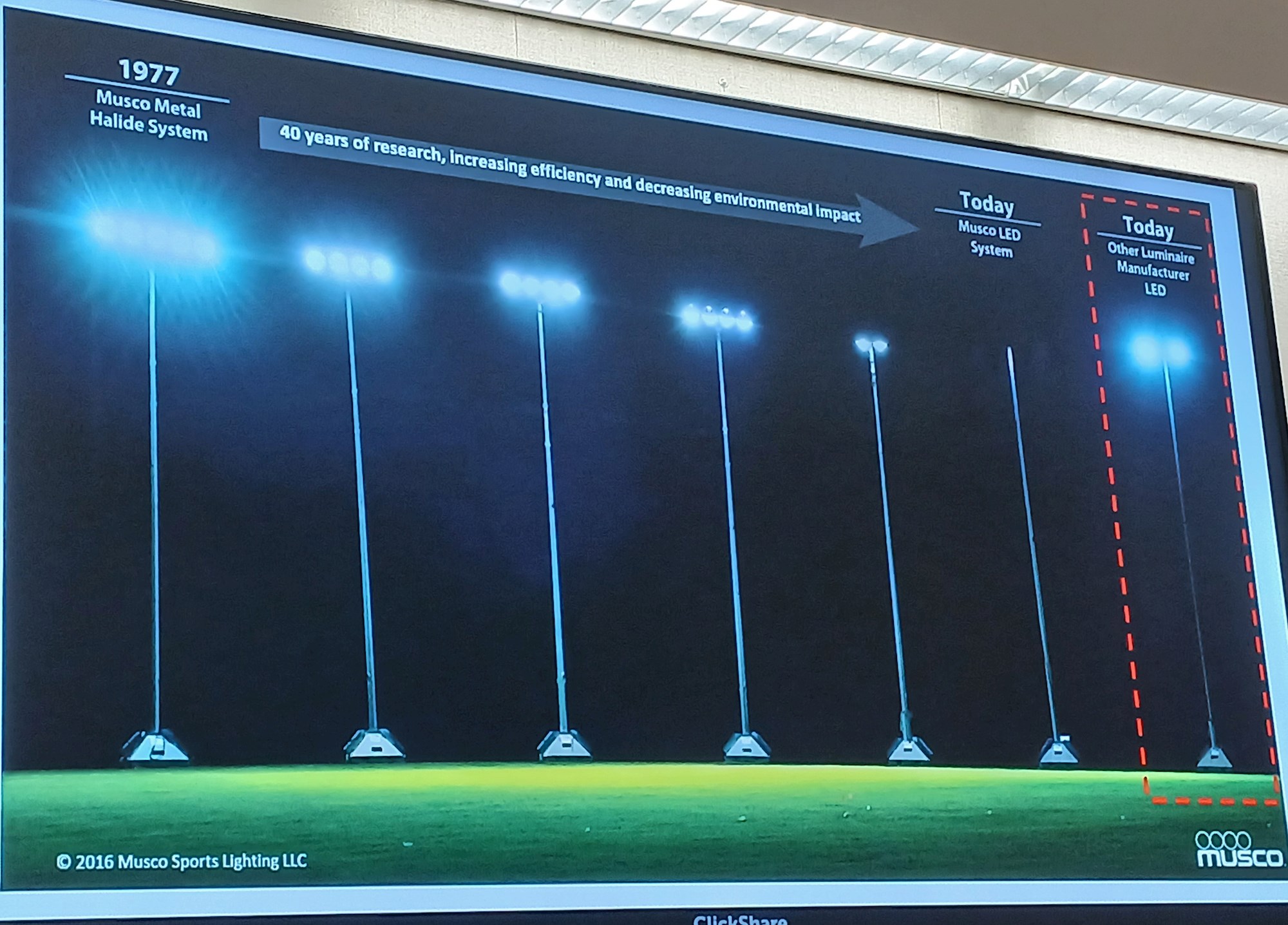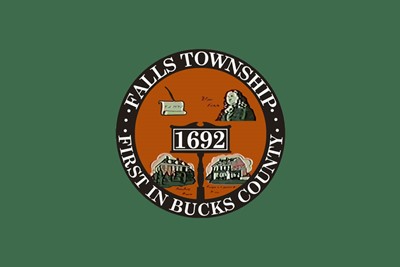
Following a lengthy discussion concerning light spill – or lack thereof – glare and how bright four 70-foot-tall light fixtures would be for neighbors, the Falls Supervisors, after careful consideration and questions, approved the addition of four athletic field lights on Pennsbury High School’s practice soccer field.
Monday’s approval is an amended land development plan for Pennsbury High School’s Falcon Field. The Falls Supervisors voted in March 2023 to grant preliminary and final land development approval for the school district’s project, which had included installation of an eight-lane synthetic track and an artificial turf field.
Officials told the Supervisors that the four light fixtures would result in “zero light spillover” on to neighboring properties at full illumination of both fields. In addition, lights would be set via timers and would be turned off by 10 p.m., a possible exception during home football games.
Resident Jennifer Metzger said she had a petition with five neighbors’ signatures who opposed the additional lights. She argued that with the lighting, the practice field would double as a second stadium.
Pennsbury School District Superintendent Thomas Smith said the practice field is used for “low-level attendance sports” such as junior varsity soccer games or field hockey games. At most, the practice field seats 250 people, while the stadium has a capacity of 6,000 spectators.
“It’s definitely not a stadium by any means,” Smith said.
Musco Lighting sales representative Andrew O’Connell told the board that even if all 100 light fixtures were turned on at the same time the total light output would be “well below what you would see with a full moon.”
Supervisor Vice Chairperson Erin Mullen asked officials if the light compared to a typical house flood light. O’Connell said it would be less impactful.
O’Connell said the lights would be “diagonally and directionally aimed at the field,” adding that the company would “use internal reflectors to reproduce light back onto the field.”

